There’s something deeply unsettling about Vilemaw’s Lair—not in the horror-movie sense, but in the slow, creeping realization that something ancient is watching.
The moment you see it, you feel sealed in. The card exudes tension. It’s not chaos or bloodshed—it’s entrapment. Cold, silent, irreversible.
Illustration Breakdown
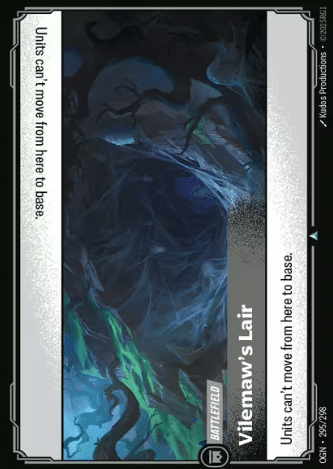
Artist András Horváth constructs Vilemaw’s Lair like a trap you can’t quite spot until you’re caught.
The image draws you through a tunnel of sinewed webbing, the environment layered in blues, purples, and that sickly, bioluminescent green near the bottom.
There’s motion in the composition—not from a character or action, but from the way your eye spirals inward toward the pitch-black core. That void in the center swallows detail, color, and even orientation.
The upper canopy is jagged, curling like claws. Shadows blur into tree limbs, limbs into silk, silk into cavernous throat.
You don’t see Vilemaw—but its presence fills the lair.
The lack of a focal character makes the landscape itself feel sentient, like the entire battlefield is hunting you. It’s a rare piece where what’s not shown adds more weight than what is.
Gameplay Integration
“Units can’t move from here to base.”
There’s no better flavor-mechanical sync than this. Vilemaw’s Lair is a one-way door. Place a unit here, and it’s locked out of retreat.
The gameplay effect is brutally minimal, but that’s exactly why it resonates with the art so well. You’re stuck. You chose to enter. Now deal with it.
The art doesn’t need dramatic motion or flashy violence—it’s the slow, invisible grip of consequence. The game text enforces that emotionally: once you’re in, you’re not going back.
This battlefield forces players to think twice before committing to this zone. Whether you’re cornering enemies or isolating your own champions for a last stand, the tension feels like the art.
Collector Details / Value Mention
Vilemaw’s Lair sits at card number 296/298, right at the edge of the standard set—just two cards shy of the overnumbered range.
That alone gives it speculative edge: near-end placements tend to house tech cards or low-key format shifters.
No foil or alt art version has been confirmed yet, but if it drops with layered webbing and shimmered shadows, it’ll be one of those battlefield foils collectors chase for atmosphere alone.
In terms of utility, it’s not a bomb—but it’s exactly the kind of quietly punishing card that gains meta relevance fast. Especially once players realize how often Riftbound decks rely on flexible movement.
Read more – The Art of Lee Sin from Riftbound TCG

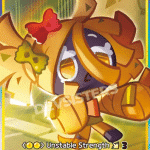
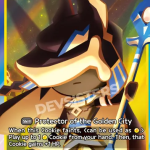
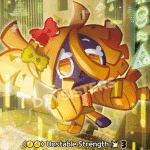
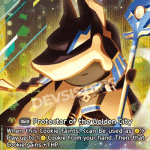
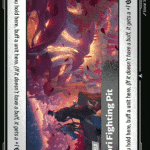
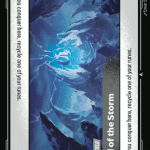
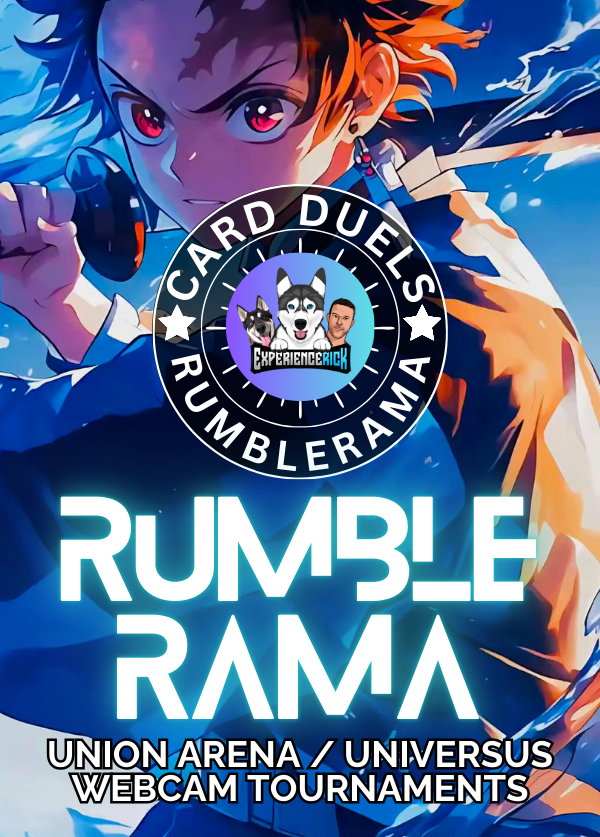
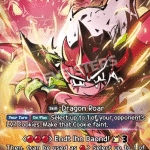

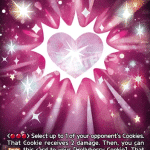

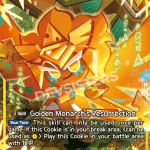
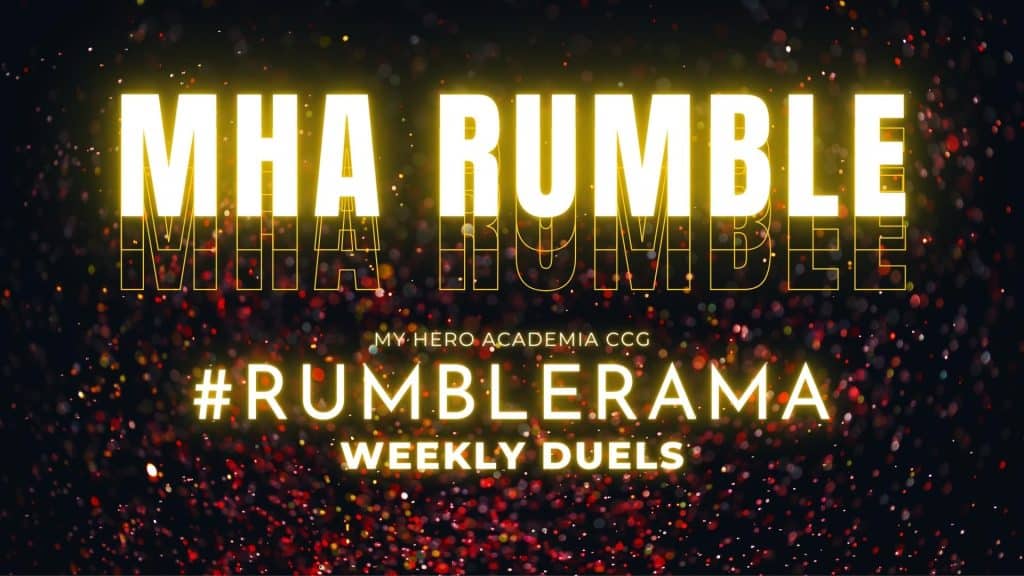
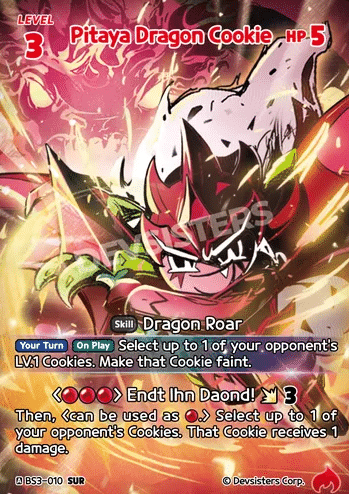
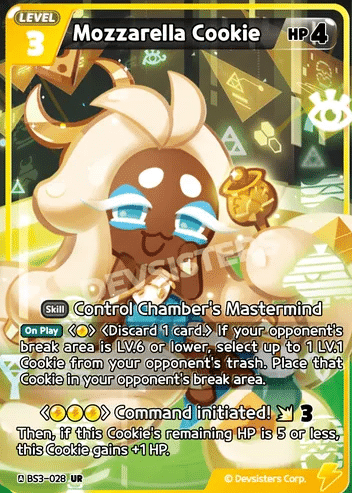

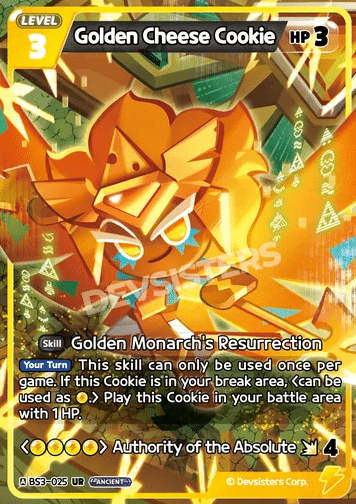
Leave a comment